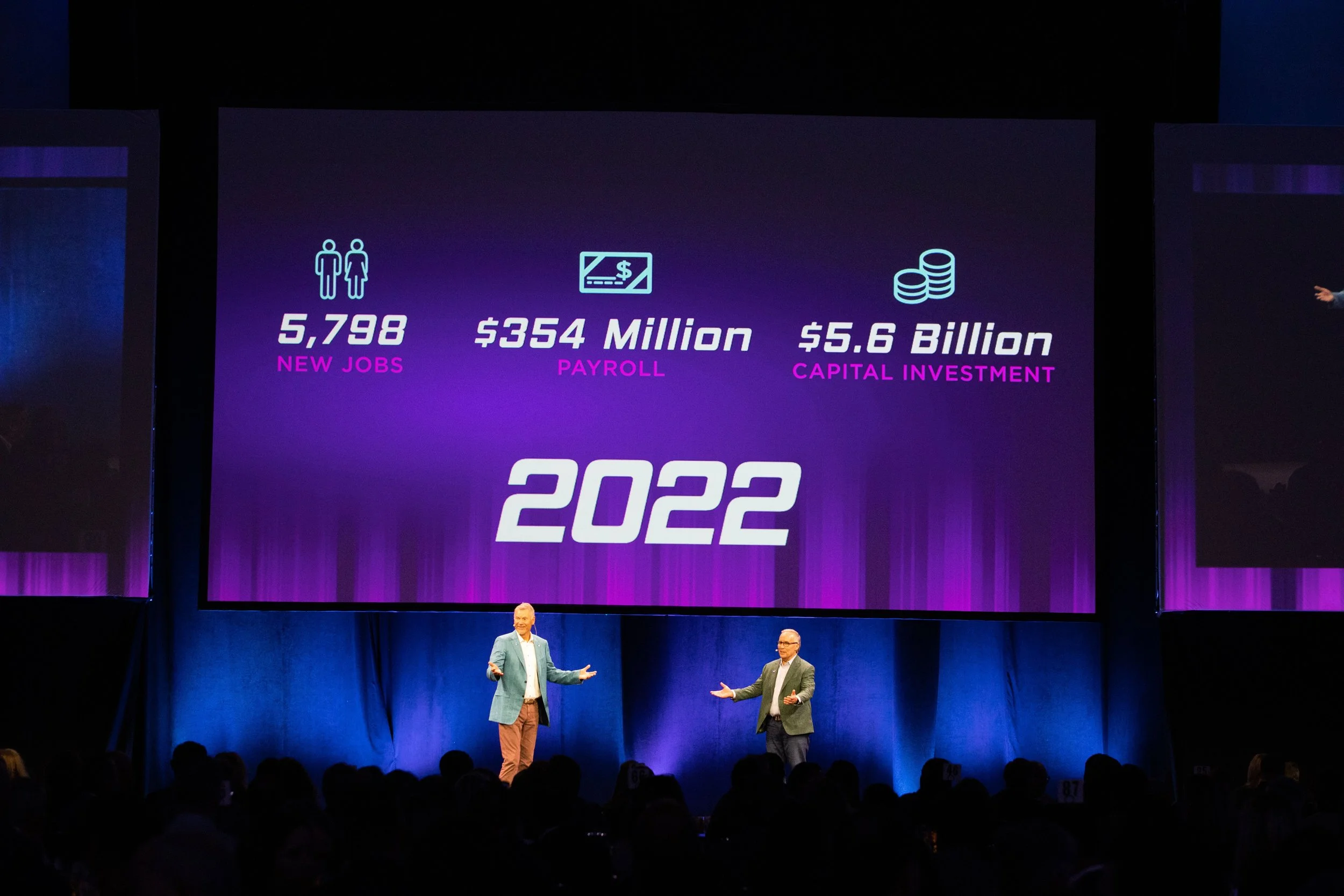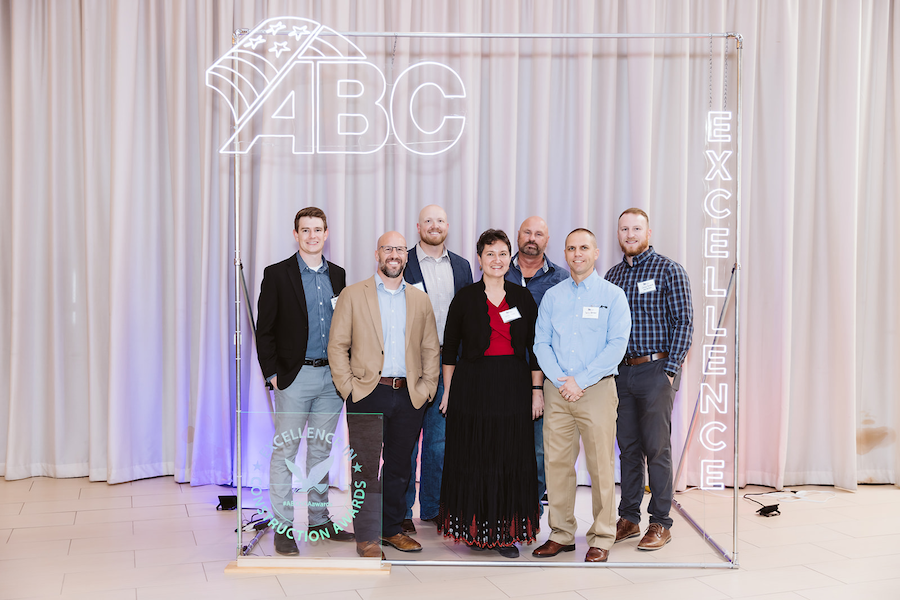MetroWire Media recently sat down with Sean Washakta, Assistant Vice President at Emery Sapp & Sons (ESS), to explore the future of heavy civil construction. Washakta highlighted key trends that ESS predicts will shape the next decade, including innovative delivery methods, workforce development, and evolving policies driving the industry forward.
Q: What emerging trends do you foresee shaping the future of heavy civil construction in the next decade?
The shift toward deeper collaboration and the adoption of Integrated Project Delivery (IPD) and Alternative Delivery Methods will continue to grow, fostering stronger teamwork between owners, contractors and designers. This trend is expected to drive better project outcomes, as these methods emphasize early involvement, risk-sharing and shared goals.
There will also be an accelerated push towards sustainability in the heavy civil sector. This includes a focus on green building practices, energy-efficient materials and recycled materials. More sustainable designs will be prioritized to reduce the environmental footprint of construction projects. Adopting prefabricated construction methods will streamline the building process, reducing waste and improving efficiency.
Lastly, skilled labor shortages and workforce development will remain central issues. There will be a growing need for training programs and education initiatives to attract new talent into the industry and retain existing workers. As the industry becomes more technology-driven, there will be an increasing demand for a workforce skilled in both traditional construction methods and new technologies. Emery Sapp & Sons has identified this need and instilled training and development programs across the company. These programs range from technical training for roles such as heavy equipment operators to soft skills training built for supervisors. A continued focus on developing our workforce will help our industry grow.
The heavy civil construction industry is poised for significant transformation, with an emphasis on efficiency, sustainability and technological advancement. These trends will not only improve the way we build infrastructure but will also make construction safer, more resilient and better aligned with the needs of future generations.
Q: How do you think technological advancements, such as automation and AI, will impact project delivery in heavy civil construction?
One of the key drivers of change will be digital transformation and the increasing integration of advanced technologies. Tools like augmented reality (AR), artificial intelligence (AI), Building Information Modeling (BIM), and drones will enhance project planning and execution. At ESS, we’ve improved our driver safety practices through Samsara AI technology. We can now identify, gauge and correct unsafe driving through safety scores generated by the new resource. These technologies are expected to become even more prevalent, improving safety, streamlining communication among stakeholders, and helping to identify risks and cost-saving opportunities earlier in the project lifecycle.
Another significant trend will be the growing role of automation and robotics. Automation in construction processes and integrating smart infrastructure, will revolutionize how we design, build and maintain public works. Smart sensors will allow for real-time monitoring of infrastructure like bridges and roads, enabling them to self-assess their conditions and provide data-driven insights for maintenance, leading to safer and more resilient infrastructure.
Q: How do you anticipate changes in government policies and funding will affect large-scale infrastructure development?
Government policies and funding changes will impact large-scale infrastructure development, with a growing focus on climate resilience and environmental sustainability. As extreme weather events become more frequent, governments will likely update regulations and design standards to ensure that infrastructure can withstand these challenges. This will lead to a greater emphasis on using durable materials, adaptive designs, and technologies that prioritize long-term resilience. Governments will also likely incentivize sustainable practices by directing funding toward projects that meet green standards, such as energy-efficient materials.
Funding mechanisms may shift toward supporting climate-conscious infrastructure. These funding structures will encourage projects that not only address immediate needs but also focus on reducing environmental impact. As governments push for measurable environmental outcomes, infrastructure projects will need to demonstrate sustainability and climate resilience to secure public funding, reshaping how large-scale projects are planned and executed moving forward.
Q: What innovations in materials and construction techniques do you believe will revolutionize heavy civil construction in the coming years?
Adopting more energy-efficient designs and materials, such as recycled aggregates and biodegradable composites, will help reduce waste and minimize the environmental impact of projects. These materials will not only be more sustainable but also cost-effective in the long run, aligning with the growing demand for eco-friendly construction practices.
Additionally, advances in High-Performance Concrete (HPC) will play a key role in enhancing the durability and longevity of infrastructure, reducing the need for frequent maintenance and repairs. This will enable the construction of structures that can withstand extreme weather conditions and heavy usage while supporting more innovative designs. Beyond these developments, new, groundbreaking materials will likely emerge, offering even more opportunities to improve both the environmental and performance standards of heavy civil projects. These innovations will lead to safer, more resilient infrastructure with a lower environmental footprint.
Q: What skills do you believe will be most in demand for future heavy civil construction projects, and how is your company preparing for this shift?
The future of heavy civil construction will require a diverse set of skills to keep pace with emerging technologies, sustainability goals and evolving project delivery methods. Key high-demand skills include digital literacy, especially proficiency in tools like Building Information Modeling (BIM) and data analytics. These are becoming essential for effective project planning, collaboration and decision-making. Automation and robotics knowledge, including experience with automated machinery and drones, will also be critical as these technologies become more integrated into construction workflows. Project management skills focused on Integrated Project Delivery (IPD) and other collaborative methods will be essential for managing complex projects with diverse stakeholders.
In addition to technical knowledge, adaptability will be a crucial skill, as the construction industry will continue to evolve rapidly with the introduction of new technologies and unforeseen challenges. Workers will need to be flexible and able to learn and apply new tools and methods quickly. Effective communication will also ensure strong coordination across diverse teams and stakeholders for project success. Safety and risk management skills will remain a priority.
ESS is taking proactive steps to develop skills within our employee-owners. This includes investing in ongoing training to keep employees up to date with the latest technology and industry best practices. We’ve also fostered a culture of innovation by collaborating with tech and machinery companies to stay at the forefront of construction advancements. Training sessions directly with these companies at the field level support our culture of owning our work. Recruiting a diverse workforce will help us bring fresh ideas and perspectives to all aspects of a project.
Collaboration with educational institutions will ensure training aligns with industry demands. ESS works closely with vocational schools, universities and trade programs to help shape the next generation of construction professionals. Support from The ESS Foundation, the company’s charitable organization committed to providing opportunities in the industry, helps equip the next generation with skills necessary for future projects. At ESS, we are committed to building an adaptable, skilled workforce by focusing on continuous learning, fostering innovation and preparing for the challenges ahead. As we look to the future, we plan to remain competitive and capable in the rapidly changing world of heavy civil construction.
Header image courtesy of Emery Sapp & Sons









